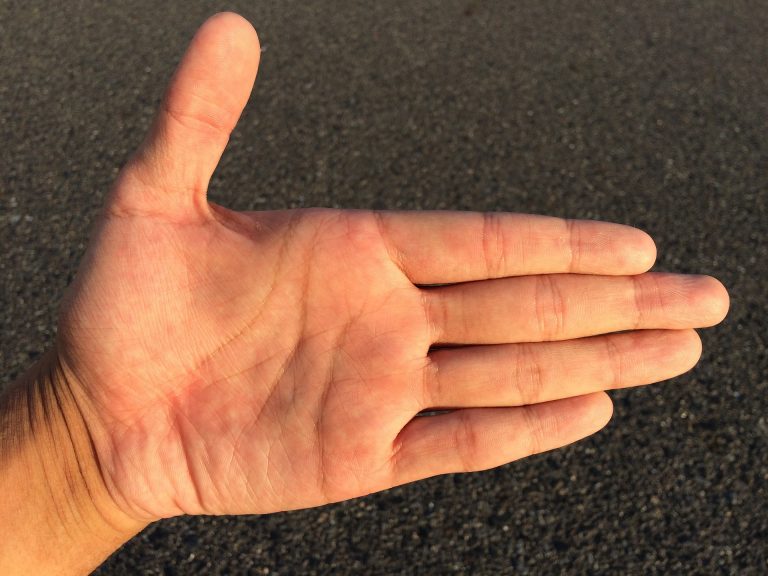Chromotherapy: Exploring the Science and Practice of Color Therapy
Introduction
Chromotherapy, also known as color therapy, is a holistic healing method that utilizes the therapeutic properties of colors to promote physical, emotional, and mental well-being. Although considered by some to be an alternative medicine practice, chromotherapy has deep roots in ancient civilizations and is increasingly being studied within the framework of modern scientific research. This article explores the history, principles, current applications, and scientific perspectives of chromotherapy.
History and Origins
The concept of using colors for healing dates back thousands of years, with evidence found in ancient texts from Egypt, India, and China. In Egypt, color chambers were used for therapeutic purposes, while in Ayurvedic medicine, specific colors were prescribed for treating various ailments. Chinese medicine also utilized color and light to balance energy flow in the body.
In the Western world, the foundations of chromotherapy were laid in the 19th century by scientists and philosophers such as Edwin D. Babbitt and Niels Finsen. Babbitt’s work on the correlations between colors and human health influenced the development of modern chromotherapy practices. Finsen, on the other hand, received the Nobel Prize in 1903 for his pioneering work on light therapy, which laid the groundwork for later scientific investigations into the effects of light and color on health.
Principles of Chromotherapy
Chromotherapy is based on the premise that different colors have distinct energetic frequencies and correspond to specific bodily systems and emotional states. Each color is believed to emit vibrations that interact with the body’s energy centers, known as chakras in Eastern traditions. Here are some foundational principles of chromotherapy:
- Color Correspondences: Each color is associated with certain qualities. For example, red is linked to vitality and stimulation, while blue is associated with calmness and relaxation.
- Energy Centers: Chromotherapists believe that applying specific colors to the body can balance the energy flow within the chakras, thereby promoting health and well-being.
- Light Spectrum: Chromotherapy often involves exposure to different wavelengths of light, which can impact the body’s circadian rhythms and hormone production.

Methods and Applications
Chromotherapy can be applied in various ways, depending on the desired outcome and the practitioner’s approach. Some common methods include:
- Colored Light Therapy: This involves exposing a person to colored lights through devices such as light boxes or LED lamps. The color and duration of exposure are tailored to address specific health concerns.
- Color Visualization: Practitioners may guide clients through visualization exercises where they imagine bathing themselves in a particular color to evoke desired emotional or physical responses.
- Color Baths: Some practitioners recommend soaking in water that has been infused with colored light or using colored filters in showerheads to achieve therapeutic effects.
- Clothing and Environment: Advocates of chromotherapy suggest wearing clothing of certain colors or decorating living spaces with specific hues to enhance mood and energy levels.
Scientific Perspectives
While chromotherapy has a long history and anecdotal evidence supporting its benefits, the scientific community has approached it cautiously due to the lack of large-scale clinical trials and empirical evidence. Critics argue that many claims made by proponents of chromotherapy lack scientific rigor and are difficult to replicate under controlled conditions.
However, recent studies have begun to explore the physiological effects of colored light on the human body. For example, research has shown that exposure to blue light can suppress melatonin production, thereby affecting sleep patterns. Additionally, studies on the psychological effects of color have found correlations between certain colors and emotional responses, although causation remains difficult to establish.
Clinical Applications
Despite the skepticism, chromotherapy has found its way into clinical settings for certain conditions. For instance:
- Seasonal Affective Disorder (SAD): Light therapy, including exposure to specific wavelengths of light, is commonly used to alleviate symptoms of SAD, which is characterized by depression during certain seasons.
- Sleep Disorders: Some studies have explored the use of colored light to regulate circadian rhythms and improve sleep quality in patients with insomnia.
- Pain Management: There is anecdotal evidence suggesting that chromotherapy may help reduce pain perception in individuals suffering from chronic pain conditions.

Challenges and Considerations
As with any alternative therapy, there are several challenges and considerations associated with chromotherapy:
- Lack of Standardization: There is no universally accepted standard for chromotherapy practices, leading to variations in treatment protocols and outcomes.
- Scientific Validation: The majority of studies on chromotherapy are small-scale and lack rigorous scientific methodology, making it difficult to draw definitive conclusions about its efficacy.
- Safety Concerns: While generally considered safe, prolonged exposure to intense light, particularly in the ultraviolet spectrum, can have adverse effects on the skin and eyes.
- Integration with Conventional Medicine: Chromotherapy is often used as a complementary therapy alongside conventional medical treatments. However, it is essential for patients to inform their healthcare providers about any alternative therapies they are considering.
Conclusion
Chromotherapy continues to intrigue researchers, practitioners, and individuals seeking alternative approaches to health and wellness. While its historical roots are deep and its principles are aligned with many holistic health philosophies, the scientific community calls for more robust research to validate its efficacy and safety conclusively. As interest in integrative medicine grows, chromotherapy remains a colorful area of study, offering potential avenues for future exploration and discovery in the realm of healing through the power of light and color.

